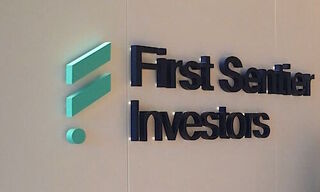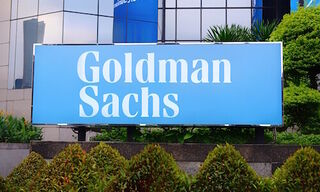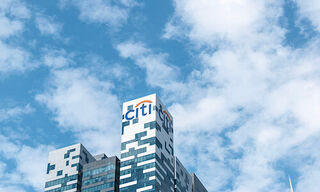Fidelity: Fixed Income Exciting In The Longevity Economy
Investing for retirement requires investors to apply a consistent investment process, just like sticking to a diet and certain processes, said Fidelity International's Luc Froehlich.
A person looking to improve his fitness level would need to go on a diet, balance exercise, and nutrition, as well as use new forms of technology. Likewise, a person looking to build a healthy retirement portfolio would need to follow similar principles, said Luc Froehlich, global head of Investment Directing (Fixed Income) at Fidelity International, who was speaking at the firm's investment conference: «How to capitalize on the Longevity Economy.»
«I tried low carb diet, paleo, keto...but my weight kept moving swinging up and down. (Finally), instead of going cold turkey on certain foods, I took small steps, in a consistent way,» he said, proudly announcing that his newfound weight is now more stable.
Sticking to the Diet
In a similar manner, a healthy retirement portfolio should not experience too much volatility, as it serves an important role in funding the bulk of one's living expenses when he or she is no longer actively working, said Roehlich. Hence, the portfolio has to balance income generation with stability.
«The second key success factor is sticking to the diet – staying in the market. For decades now, it's been proven that humans tend to be overconfident. We think we can do more than what we actually can. It is the same in investing. And one of the aspects in showing overconfidence is in investors thinking they can stomach more volatility than they actually can.»
Throwing Up When Markets Turn
Due to this overconfidence, investors tend to build a portfolio with lots of equity, and they buy even more equities when their prices go up.
«And then what happens? Market correction and risk assets are off. What do investors do? They are (now) more confident they cannot actually stomach this volatility and they sell at the worst time in the market.»
How to Stay in the Market?
To help investors stay longer in the market, Froehlich advocates more allocation to fixed income assets. Although the use of fixed income to diversify one's investment portfolio is more widely understood, not many investors in Asia use the instrument for that purpose, he said.
«In the past few years, fixed income has had equity-like returns. In Asia, a lot of investors are only using fixed income in the leverage business. So I think a lot of investors have forgotten the role of fixed income, which is simply to diversify a portfolio,» he added.
Extending Portfolio Longevity
Whether one is taking a career break, or retiring, fixed income can be used to increase portfolio longevity, in line with a longer lifespan. When one has reached retirement years and sees no income, one needs the portfolio to provide income generation and total return.
- Page 1 of 2
- Next >>



























